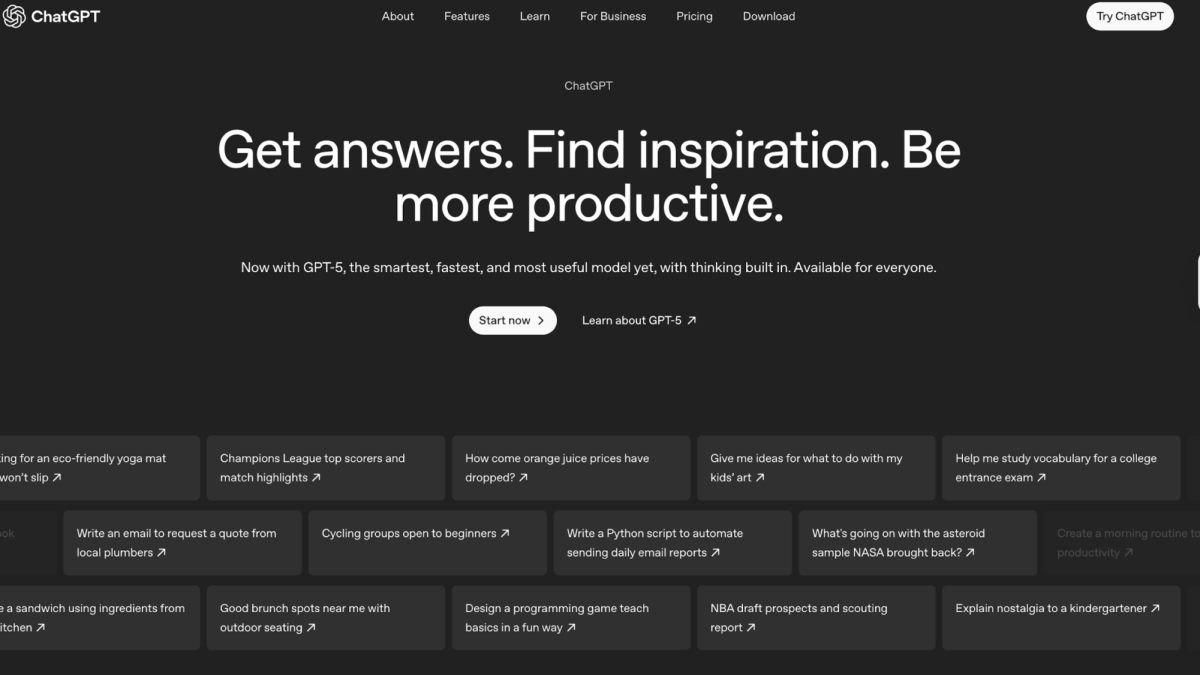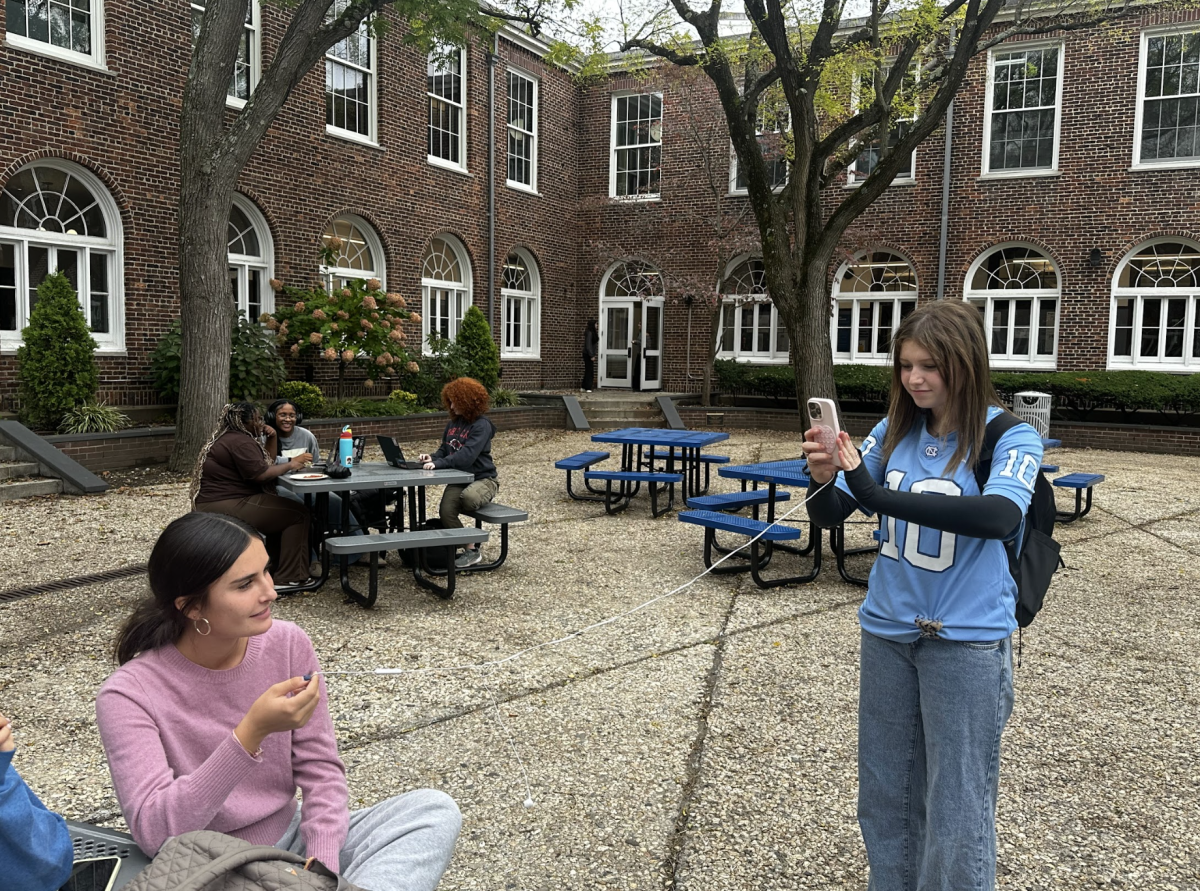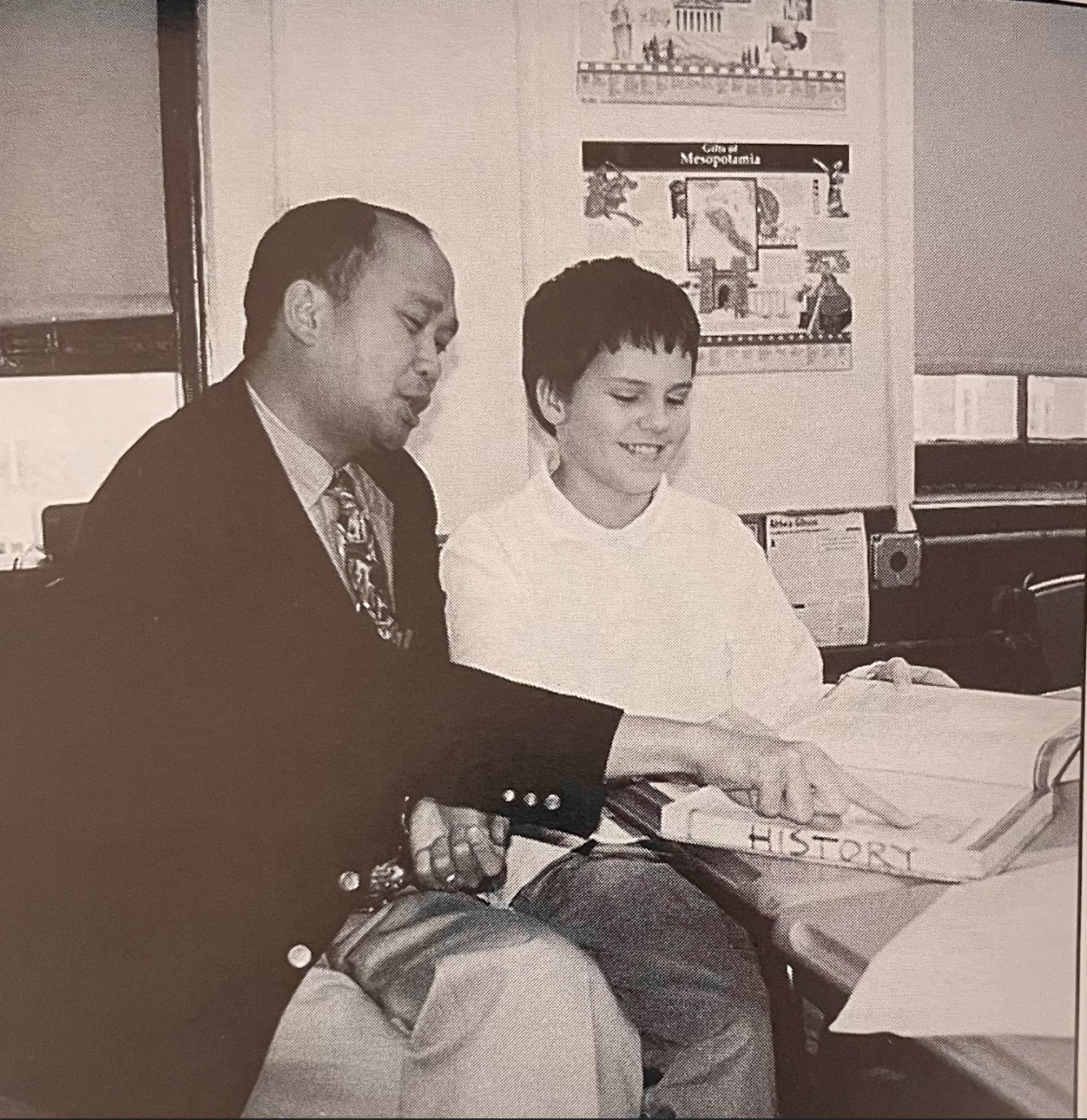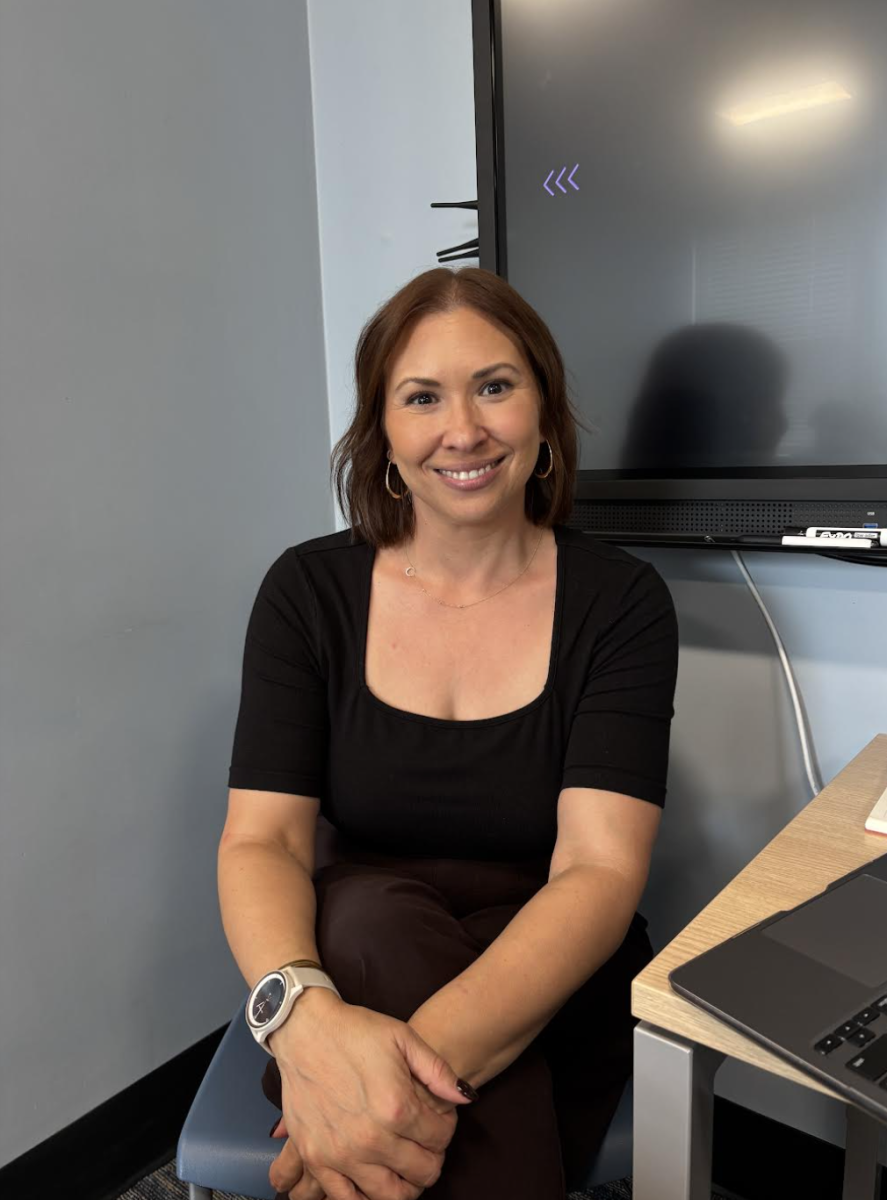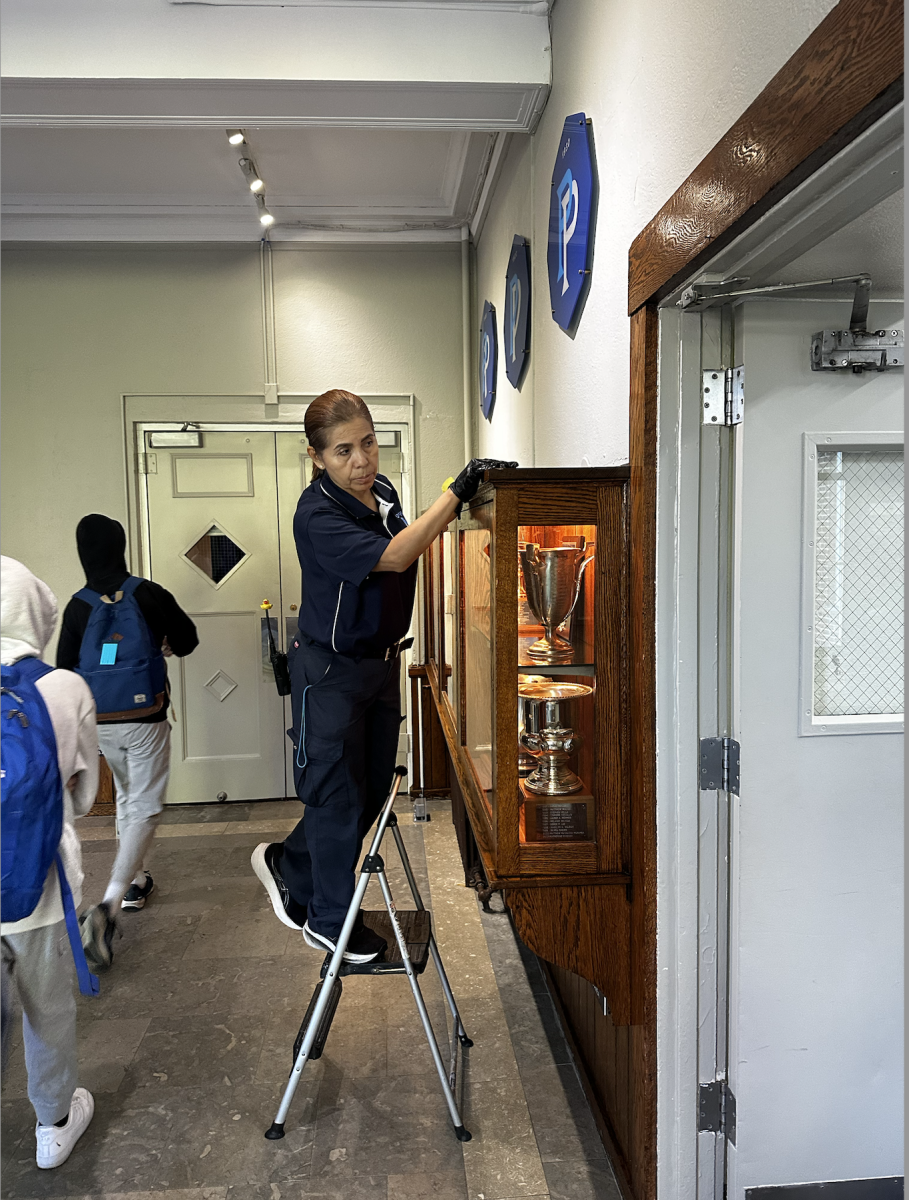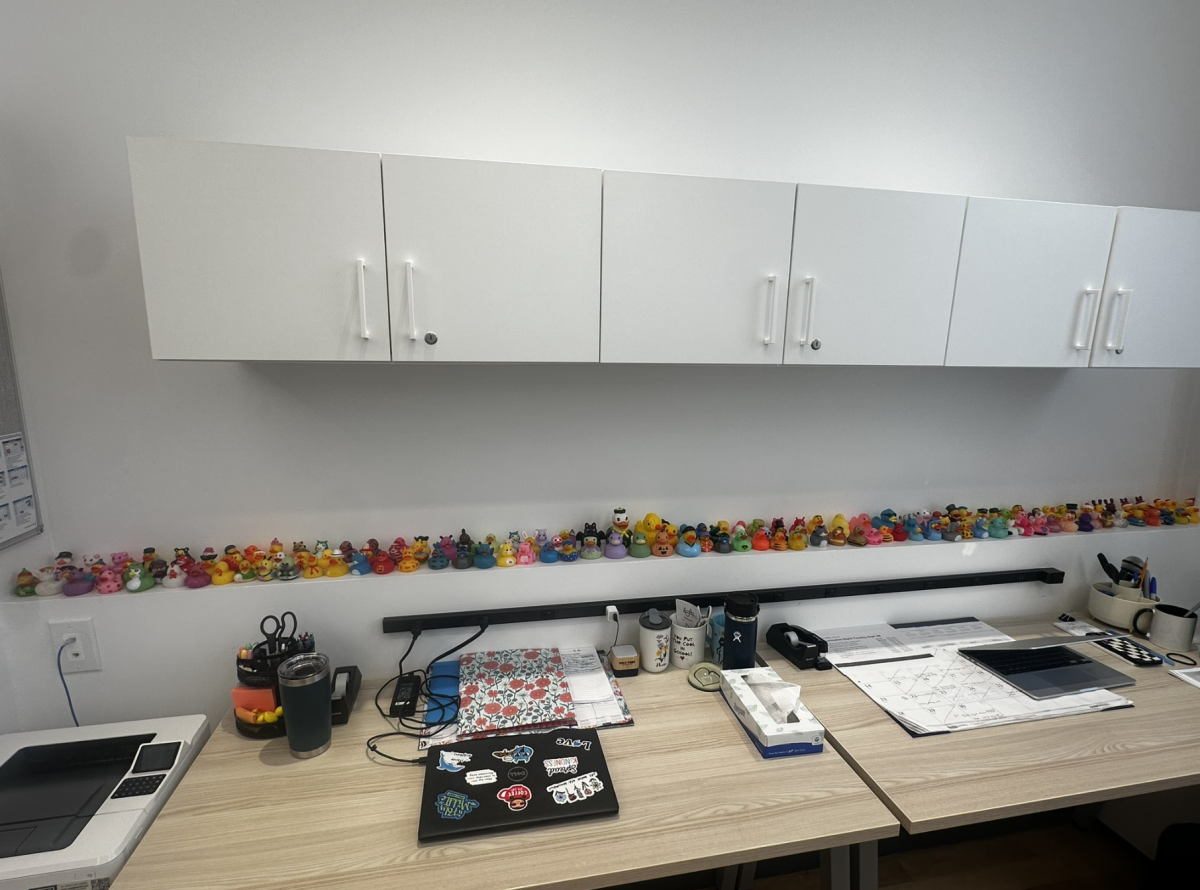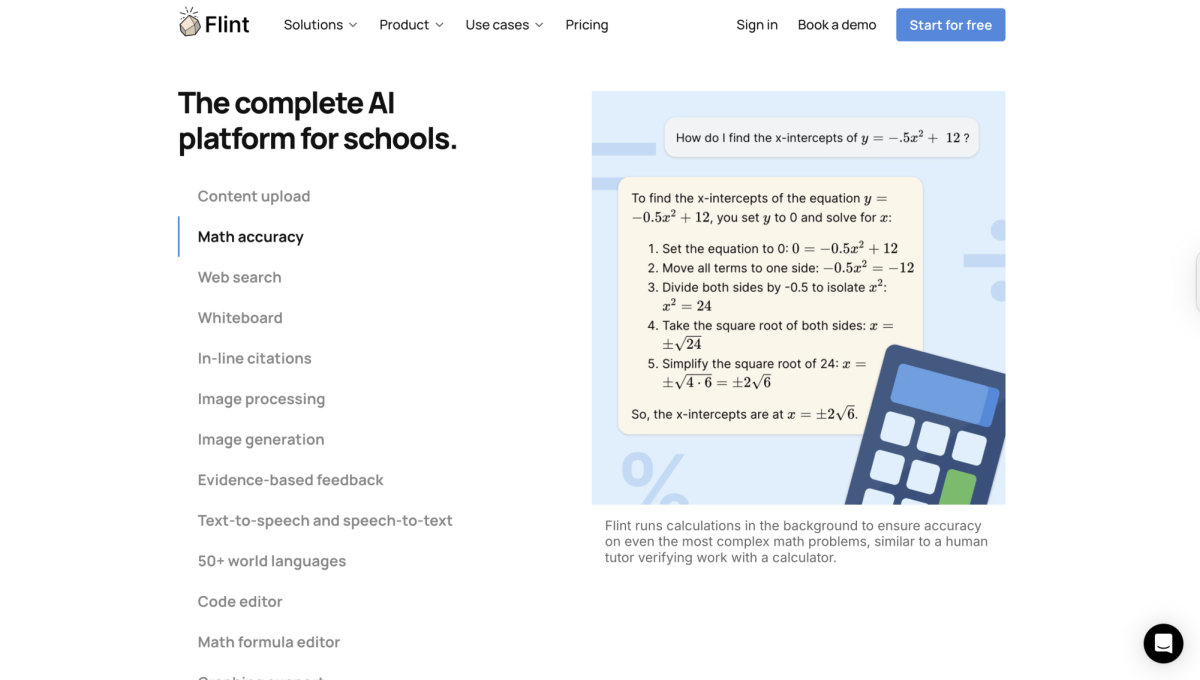Flint Artificial Intelligence (AI), a chatbot built for teaching purposes, has been introduced to Poly Prep by Head of Technology Charles Polizano, as a trustworthy tutor for students. Although the idea is still evolving, the tech department and faculty hope it can serve as a tutor for students. Flint is a K-12 AI subscription service that Poly has paid for, allowing students to access trusted teaching assistance when teachers are unavailable.
According to its website, Flint is a self-described AI tool that integrates itself into the school curriculum, uses a guided learning approach and is educationally focused. It will avoid giving answers, but will help teach the subject to the student using it.
Flint claimed that after being introduced to the school curriculum and policies, Flint gained access to Poly’s mission and values, and is aware of the school’s goal to prepare students for the future, and claims that it allows it to guide how it interacts with students in the community.
Polizano introduced Flint to Poly as a dependable AI resource. He shared that, “[Flint] is built for schools,” and that it doesn’t do work for students; it gives constructive advice and allows students to use their own ideas.
According to Polizano, Flint’s relationship with Poly’s “Stop, Slow, Go” AI policy varies. Teachers have freedom with how they operate their classes, so they can determine on their own if Flint should be used within their classroom or not, depending on their curriculum.
“Students should still be adhering to what the guidelines are for each assessment and teachers should be very clear about what the expectations are for each assignment,” added Polizano. He also explained that Flint isn’t necessarily an exception to the AI policy and should therefore still be used carefully. Polizano wants the communication between students and teachers to be seamless to avoid misunderstandings, considering the strict rules set in place for AI. Poly is being cautious with Flint because there is no specific policy that Flint can fit into, making it dangerous for both students and teachers.
“We’ve intentionally rolled it out very slow[ly],” Polizano continued. He also shared that only a handful of teachers wanted to know about it, as they are still hesitant to employ such novel technology in the classroom.
English Department Chair Peter Nowakoski expressed caution with the use of Flint in his department, as he doesn’t want AI to take away from the authenticity of writing. “It’s about the thinking, and the writing, and the whole process [of learning],” he said. While the department explores using this new tool, they encourage students to primarily use it for studying vocabulary or simple homework.
Although not directly introducing his students to it, Nowakoski expressed that the technology department has “done a very good job of trying to set up guardrails.” The English department has a more careful approach to AI than the math department. Nowakoski explained that specific guidelines are necessary for AI use in English classes because Flint has the potential to become a tool but lacks the development needed for full implementation into the curriculum.
Nowakoski explained that Flint can be used to understand and analyze a text, using the literary device of symbols as an example. Flint can explain to a student what a specific object or character symbolizes in the novel they’re reading, helping them better understand the nuances of a text. However, the English department encourages students to come to analytical conclusions through collaboration with other students. Flint can be treated as a backup for any student unable to communicate with peers.
Math Faculty Stephen Bates said, “Flint has a calculator that works in the background, so it was actually doing the math.” Bates trusts Flint over other AI chatbots, such as ChatGPT or Gemini, because they are language models and cannot perform math like Flint can.
Similar to other teachers, Bates also urges students to think about, “what AI can do to help,” when they have a question, as he believes it can be a valuable tool for students in need. “I’m not always available to help if [students] have questions,” he explained.
Teachers are still cautious with AI, and consider Flint an evolving idea. Flint, as an AI, sits on a thin line between cheating and tutoring. It is safer in some subjects, such as math, which doesn’t require creative thinking. Subjects such as history and English require personal and creative thinking that is taken away when AI is used. Therefore, Flint is being slowly introduced to those departments as a developing idea.
As for now, it will be used as a tutor whenever a teacher is unavailable, and teachers will decide on a class-by-class basis whether it should be used for assessments or other assignments that require a student to use their own ideas.
Bates, Nowakoski and Polizano all see Flint as a potential tool for all students in the future. First, Flint will be understood by teachers, and students will understand what constitutes cheating and what constitutes learning.




